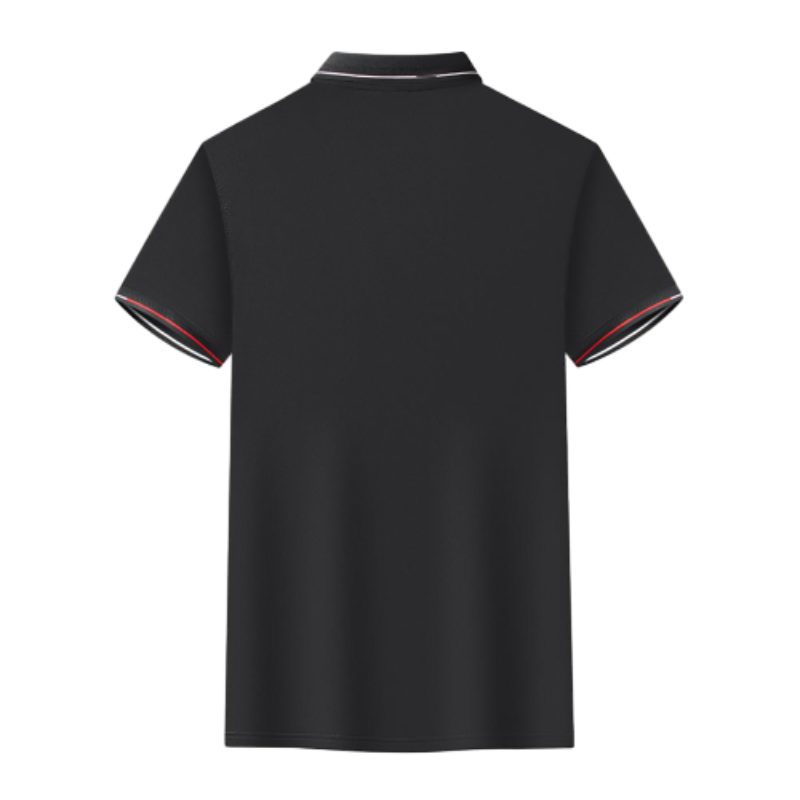- Afrikaans
- Albanian
- Arabic
- Armenian
- Basque
- Belarusian
- Bengali
- Bulgarian
- Croatian
- Czech
- Danish
- Dutch
- English
- Esperanto
- Finnish
- French
- German
- Greek
- Hebrew
- Hindi
- Indonesian
- irish
- Italian
- Japanese
- Javanese
- kazakh
- Rwandese
- Korean
- Kyrgyz
- Latin
- Latvian
- Luxembourgish
- Malay
- Myanmar
- Nepali
- Persian
- Polish
- Portuguese
- Romanian
- Russian
- Serbian
- Slovak
- Spanish
- Swedish
- Tagalog
- Tajik
- Turkish
- Ukrainian
- Uzbek
- Vietnamese
Jul . 23, 2024 14:37 Back to list
Essential Guidelines for Selecting and Using Laboratory Safety Gloves Effectively in Various Work Environments
The Importance of Lab Safety Gloves in the Workplace
In any laboratory setting, safety is paramount. One of the most crucial pieces of personal protective equipment (PPE) that every individual should utilize is lab safety gloves. These gloves are designed to protect the wearer from a range of hazardous materials, including chemicals, biological agents, and sharp objects. Understanding the importance of lab safety gloves and utilizing them correctly can significantly reduce the risk of injuries and contamination in laboratory environments.
The Role of Lab Safety Gloves
Lab safety gloves serve multiple critical functions. First and foremost, they act as a barrier between the skin and potentially harmful substances. When working with corrosive chemicals, pathogens, or hot materials, the skin is at risk of burns, irritations, or infections. High-quality gloves can prevent direct contact and thus preserve skin integrity.
Furthermore, gloves enhance grip and provide better tactile sensitivity when handling small instruments or delicate samples. This is particularly important in tasks that require precision, as the right gloves can help maintain control and dexterity.
Types of Lab Safety Gloves
Several types of lab gloves are available, each suited for different tasks and hazards. Latex gloves are commonly used for general purpose due to their flexibility and comfort, but they may not be suitable for individuals with latex allergies. Nitrile gloves, on the other hand, are an excellent alternative, providing robust resistance to chemicals and oils while also being latex-free. They are often recommended for use when handling solvents and hazardous chemicals.
For specific tasks involving biohazards, disposable gloves made from polyethylene or vinyl might be appropriate, particularly when dealing with non-toxic substances. Specialty gloves, including those made from neoprene or butyl rubber, offer superior protection against specific chemicals and are essential when working in environments with high-risk exposures.
lab safety gloves

Proper Usage and Disposal
While gloves are an essential safety measure, improper use can lead to contamination and injuries. It's crucial to select the right type of glove for the task at hand, ensuring it is free from tears or punctures before use. Always remember to change gloves frequently, particularly between tasks involving different substances, to prevent cross-contamination.
When it comes to disposal, many lab gloves are designed to be single-use and must be discarded properly to minimize environmental impact and biohazard risks. Used gloves should be placed in designated waste containers, and personnel should wash their hands thoroughly after glove removal.
Training and Awareness
In addition to providing gloves, institutions should prioritize training and awareness programs. Employees should be educated on the correct selection, usage, and disposal of gloves, as well as general laboratory safety practices. Regular training sessions can enhance safety culture, reinforcing the significance of protective measures.
Conclusion
Lab safety gloves are a vital component of personal protective equipment in any laboratory environment. Their ability to protect against a wide array of hazards ensures that laboratory personnel can work safely and effectively. By understanding the different types of gloves available, using them appropriately, and undergoing proper training, individuals can minimize risks and foster a safer working environment. Ultimately, prioritizing safety through the use of gloves not only safeguards personal health but also contributes to the overall success and integrity of laboratory operations.
-
Work Reflective Vest: A Silent Guardian of Security
NewsJul.10,2025
-
Vest Reflective Safety: A Safety Lighthouse in Low Light and High Traffic Environments
NewsJul.10,2025
-
Soft Cotton Polo Shirts: A Fashionable and Practical Choice for Multiple Scenarios
NewsJul.10,2025
-
Soft Cotton Polo Shirts: A Fashionable and Practical Choice for Multiple Fields
NewsJul.10,2025
-
Reflective Vest: The Light of Industry and Outdoor Safety Protection
NewsJul.10,2025
-
Polo Shirt: A versatile and fashionable item that can be worn in one outfit
NewsJul.10,2025




